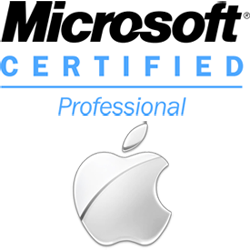Sports betting has always been a popular pastime, but with advancements in technology, a new frontier has emerged in the form of betting on player physiological data. This practice involves analyzing the physical performance metrics of athletes to predict the outcome of sporting events. In this article, we will delve into the science behind this phenomenon and explore how it is revolutionizing the world of sports betting.
Player physiological data encompasses a wide range of metrics, including heart rate, oxygen consumption, muscle activity, and more. By monitoring these variables, analysts can gain valuable insights into an athlete's physical condition and performance capabilities. This data can be collected through wearable devices, sensors, and other technologies that are becoming increasingly common in professional sports.
One of the key benefits of betting on player physiological data is its ability to provide a more accurate and objective assessment of an athlete's capabilities. Traditional methods of sports betting often rely on subjective factors such as form, motivation, and external influences. However, by analyzing physiological data, analysts can make more informed predictions based on concrete measurements.
Furthermore, player physiological data can also be used to identify patterns and trends that may not be apparent through traditional analysis methods. For example, a sudden spike in heart rate during a crucial moment in a game could indicate increased stress or fatigue, which may impact an athlete's performance. By tracking these trends over time, analysts can develop more sophisticated models for predicting game outcomes.
In addition to predicting the outcome of sporting events, player physiological data can also be used to optimize training programs and improve overall performance. Coaches and trainers can use this information to tailor their strategies to individual athletes' needs, helping them achieve peak performance and minimize the risk of injury.
Despite its potential benefits, there are also challenges associated with betting on player physiological data. One of the main concerns is the ethical implications of using personal health data for gambling purposes. Athletes may feel uncomfortable knowing that their physical data is being analyzed and exploited for profit. Additionally, there are concerns about the security and privacy of this sensitive information.
Another challenge is the complexity of analyzing and interpreting physiological data. It requires specialized knowledge and expertise to make sense of the vast amount of data collected from athletes. Analysts must also consider external factors such as environmental conditions, opponent strength, and other variables that may impact performance.
Despite these challenges, the use of player physiological data in sports betting is gaining momentum. As technology continues to advance, analysts are developing more sophisticated models and algorithms to improve the accuracy of their predictions. This has the potential to revolutionize the way we think about sports betting and provide a new level of insight into the world of athletics.
In conclusion, the science of betting on player physiological data is a fascinating and rapidly evolving field that has the potential to revolutionize sports betting. By analyzing the physical performance metrics of athletes, analysts can make more accurate predictions and gain valuable insights into their capabilities. While there are challenges associated with this practice, the benefits are clear, and it is likely to play an increasingly important role in the future of sports betting.
Key Points:
- Player physiological data includes metrics such as heart rate, oxygen aztecparadise-casino.co.uk consumption, and muscle activity. - Analyzing this data can provide valuable insights into an athlete's physical condition and performance capabilities. - Betting on player physiological data offers a more objective and accurate assessment of an athlete's capabilities. - This data can also be used to optimize training programs and improve overall performance. - Challenges include ethical concerns, data security, and the complexity of analyzing physiological data.












